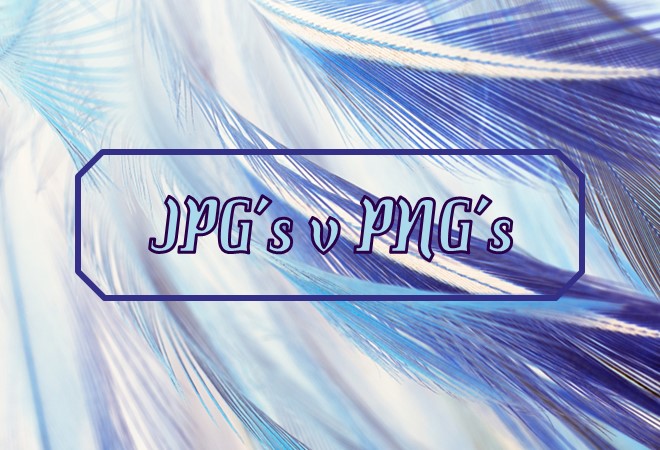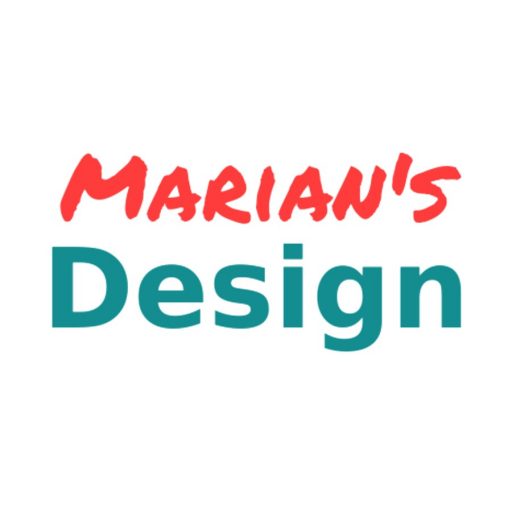What is a JPG?
The Joint Photographic Experts Group developed this file type in 1992. They created it so that they could make large photographic files smaller, to enable easier sharing. JPGs are also called JPEGS.
The advantage of a JPG is the file is smaller as it is compressed. This means that they compromised the quality of an image as it permanently deleted some information.
When to use a JPG.
A JPG should be used when it is important to have a small file and the loss of clarity is not a factor. A good example of its use it on websites. A major requirement of a website is a fast-loading speed, so the viewer doesn’t leave the site quickly. Using a JPG will help with this. The reduction in image quality is less noticeable when view online as opposed to print.

What is a PNG?
PNGs are the new kid on the block as they were developed in the mid 90s! They were created to overcome problems people were having with the lack of versatility of GIF’s.
The advantage of a PNG is when compressed, it still retains all the data of that file. This means the file is bigger than a JPG.
When to use a PNG.
PNGs are used when a file still needs to be edited. When file size is not important. When you need a transparent background as this option is not available in a JPG.
If you are using images in a design process and need multiple layers or you want to print an image, use a PNG.

So easy, if one knows it.
I never did, and asking some people in the low content niche didn’t even understood my question.
Now here is your explanation, and my problem is solved.
Thank you, Marian
Regards from Marion 😉
It has taken me years to know why I should know this and then more years working it out. It clicked earlier this year.